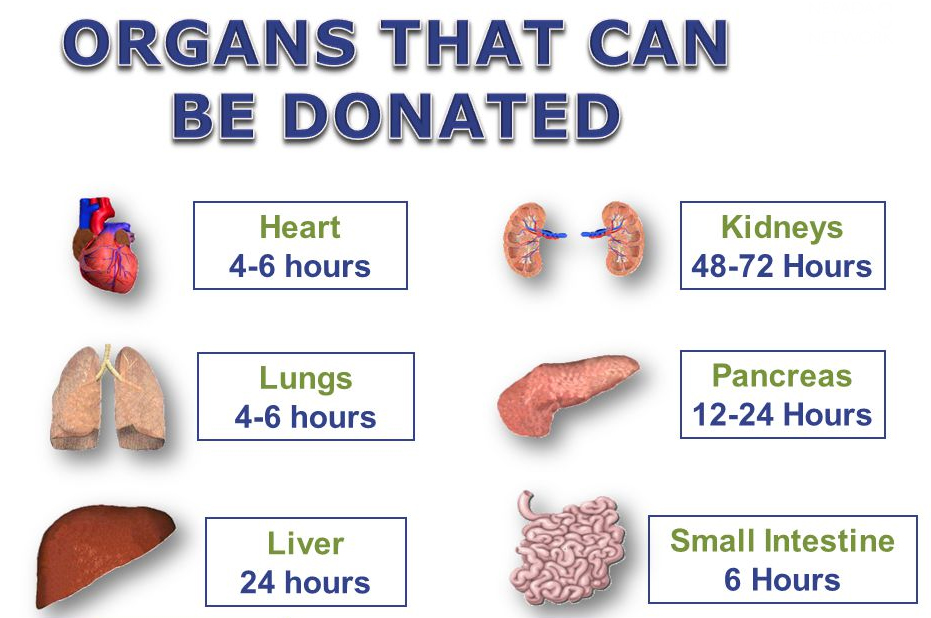Context:
A recent report released by the Union Ministry of Health and Family Welfare on June 19 has brought to light the critical challenges faced by India’s organ transplantation programme. Compiled by the National Organ and Tissue Transplant Organisation (NOTTO), the report is based on a high-level review of government hospital performance in transplant activities.
Key highlights of the Report:
Inadequate Transplant Numbers: Despite rising demand, India continues to lag behind in organ transplant procedures.
· In 2023, only 13,476 kidney transplants were conducted in both public and private hospitals combined. This figure is significantly lower than the estimated annual requirement of one lakh transplants.
· The report states that government hospitals lack the capacity to meet this growing need, making it essential to create new transplant centres and expand existing ones.
Infrastructure Gaps in Public Hospitals: One of the most pressing issues is the absence of dedicated infrastructure in public sector hospitals.
· Many facilities do not have separate transplant operation theatres or intensive care units (ICUs) required for donor and recipient care. ICU beds are particularly critical for maintaining brain-stem dead donors, but trauma centres often have no vacant beds due to high patient inflow. This undermines timely organ retrieval and reduces the number of successful transplants.
· The lack of in-house Human Leukocyte Antigen (HLA) cross-matching laboratories in institutions such as AIIMS is another concern. Hospitals depend on external labs, resulting in delays and complications in scheduling and conducting transplants.

Human Resource Shortages: The report highlights a severe shortage of specialised medical personnel, including transplant surgeons, nephrologists, urologists, anaesthetists, neurologists, and intensivists.
· Even where trained staff are available, frequent transfers disrupt continuity and hinder the long-term development of transplant programmes. This shortage not only affects service delivery but also limits the training of future specialists in the field.
Financial Burden on Patients: Post-transplant care, especially the lifelong use of immunosuppressant drugs, is financially unsustainable for many patients.
· The current government schemes often provide support only for the first year after transplant, leaving patients vulnerable to high out-of-pocket expenses.
· Many hospitals have reported difficulties in running or restarting transplant programmes due to limited financial allocations.
Recommendations:
The report recommends that the Ayushman Bharat Pradhan Mantri Jan Arogya Yojana (AB-PMJAY) be expanded to include liver and heart transplants, along with lifelong coverage for immunosuppressant therapy. This would ease the financial burden on patients and increase access to transplants, especially for economically disadvantaged groups.
Other key suggestions include:
- Setting up dedicated transplant units in more government hospitals.
- Increasing ICU and laboratory infrastructure.
- Building a stable, well-trained pool of transplant professionals within the public sector.
Conclusion:
The organ transplantation ecosystem in India faces structural and systemic challenges that require urgent attention. Bridging the infrastructure gaps, addressing the shortage of specialised manpower, and providing comprehensive financial protection to patients are essential steps to strengthen the transplant framework. A coordinated national effort is necessary to improve outcomes, ensure equity in access, and save lives through timely and effective transplants.






